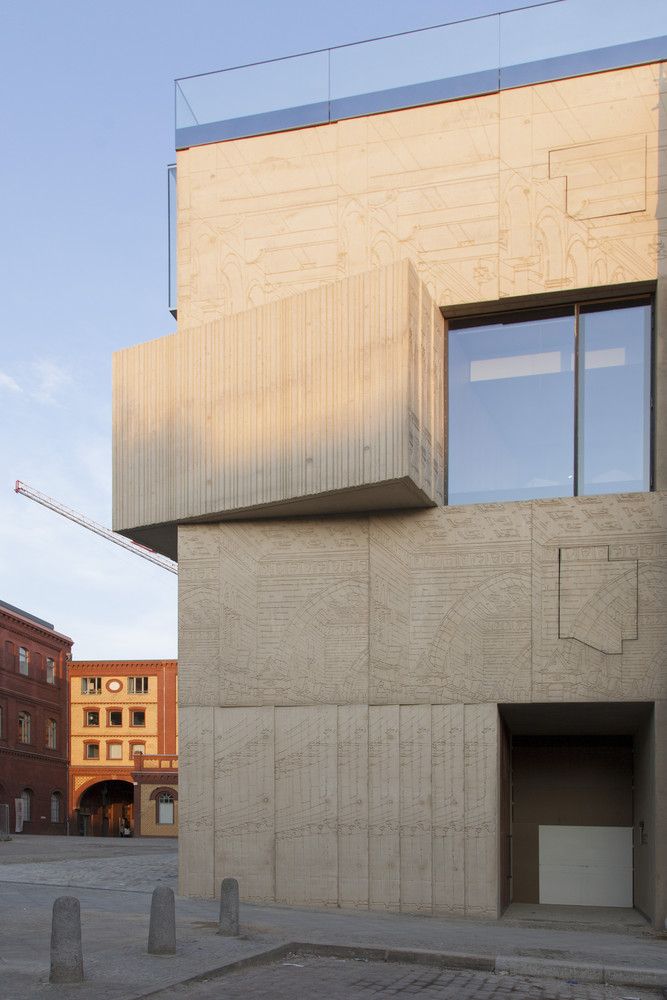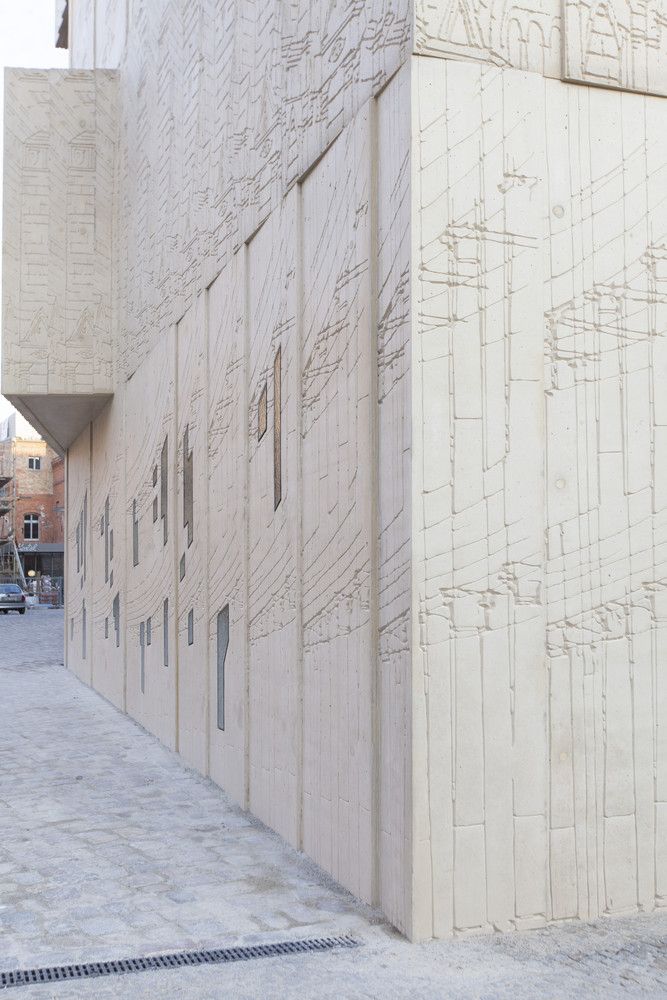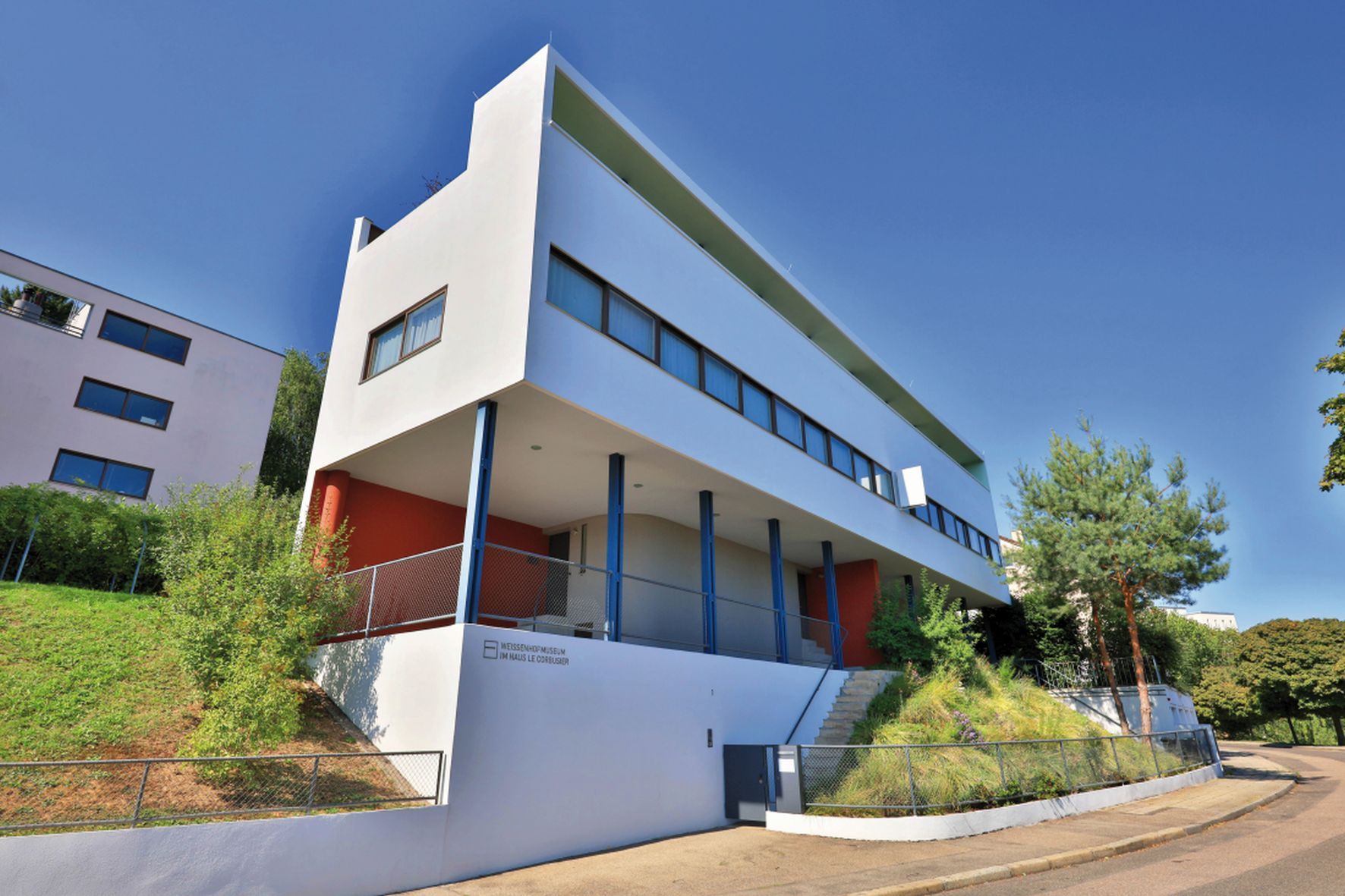Planning a trip to Germany via the opening of the Singapore-Germany vaccinated travel lane? Here are some design hotspots rich in history, art and architecture
Germany might be known for football, beer, and BMWs, but the country also has plenty of iconic landmarks and significant museums that offer a deep dive into the history and culture of many design periods. Interestingly, the country has more than 6,000 museums that cover all sorts of themes—there’s even one dedicated to mustard.
If you’re planning to travel to Germany via the new vaccinated travel lane soon, these are the striking sites that you certainly won’t want to miss.
Don't miss: Travelling to Germany? Here Are 5 Stylish Hotels to Stay In
1. Vitra Design Campus, Weil am Rhein
For design enthusiasts, you’ll definitely have to visit the Vitra Design Campus located in Weil am Rhein for your Germany trip. The sprawling campus by the Swiss design house features an impressive collection of buildings designed by distinguished architects.
The VitraHaus, for example, is built by Swiss architecture firm Herzog & de Meuron. The flagship store houses a vast collection of the brand’s designs including Vitra classics and the latest contemporary products. Another notable building is The Fire Station, which was constructed after a major fire on the site in 1981. Designed by the late British-Iraqi architect Zaha Hadid, the building initially housed a dedicated fire brigade before it was eventually disbanded. The concrete sculpture-like structure stands out from the rest of the buildings on the campus and is currently used as an events and exhibitions space.
In case you missed it: 8 of the Most Beautiful Museums in Asia
















